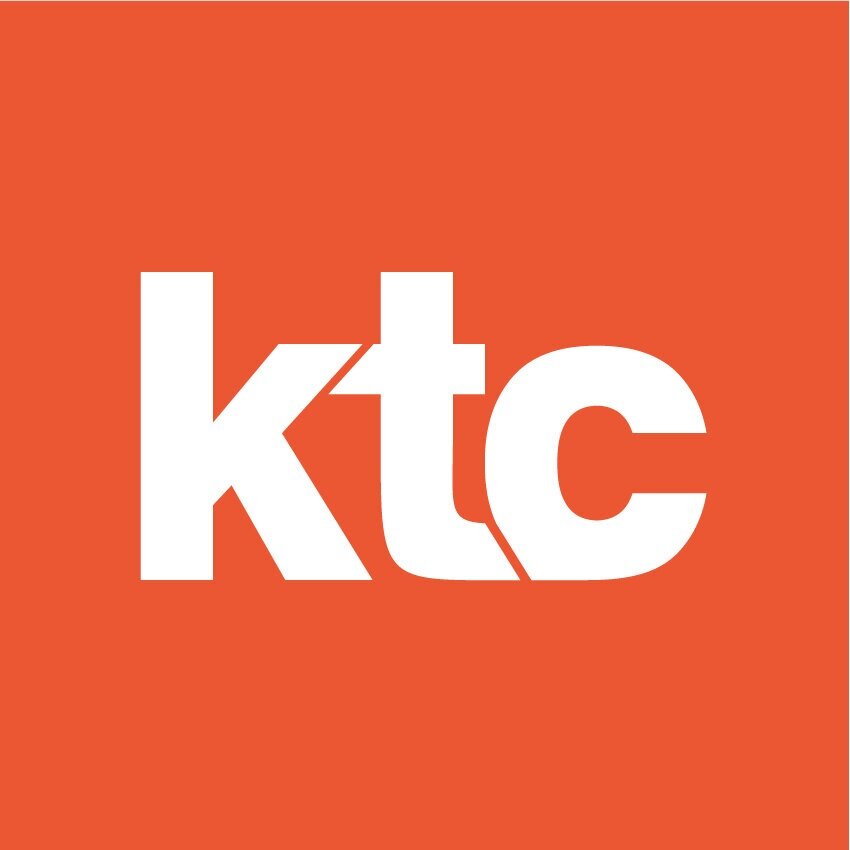The Five Types Of Startups To Watch In 2022: Part One
This is part one of a two-part article looking ahead to the 2022 startup landscape.
Innovation always acts as a reflection of economic, social and technological events around us — addressing people's changing needs. While we normally focus on individual needs, the pandemic shone a light on global challenges. These systemic challenges, such as the climate crisis, political polarization and the abuse of smart technology, are complex. Meanwhile, individual challenges come from a need to be heard more, live healthier, have more fun and go faster. We believe successful startups in 2022 and beyond will be aware of these two types of challenges and address them jointly.
Startups that align a higher purpose with their new services have the potential to thrive. We are already seeing signs of this new breed of innovators: conscious, inclusive, empowered by and empowering with tech. For 2022 and beyond, we have defined five types of startups to watch.
1. The Triple P Startup
With the climate crisis at our doorstep, many companies have done some introspection and pledged to drop their carbon emissions. Economies around the world are looking for frameworks to meet growth in line with the planet, like the EMF's concept of the circular economy or Kate Raworth's Doughnut Economics. For startups, this means a golden opportunity to rethink the current linear value chain entirely and become Triple P startups, focusing on People, Planet and Profit.
The Triple P Startup's core mission is to reduce or eliminate carbon emissions or create a negative carbon footprint. These players are rethinking waste, supply chain networks and system-wide collaboration of industries in order to achieve their main goal, while also delivering profit and defining new industry standards.
Shutterstock
A great example of this type of startup comes from the Dutch retail market: Pieter Pot. This new supermarket is showing big players how to bring plastic-free groceries directly to customers. It delivers all its items in glass jars, then collects the jars from return customers (offering them a discount) for cleaning and reuse. This service is only possible through the strong partnerships it formed with delivery, customers and suppliers.
Pieter Pot neutralizes its environmental impact by radically reducing plastic and carton waste, using electric vehicles and LEVs for delivery and closing the loop with its own packaging. After launching in 2019, it now has operations in the Netherlands and Belgium and has raised over $3 million in investments to scale its operations.
This trend is definitely not limited only to retail. In 2022, I predict we will see more sustainable business models popping up in every sector: finance, insurance, automotive, pharma, you name it. It’s the beginning of a transformational decade, and being sustainable has gone from a nuisance to a necessity. It doesn’t matter what industry your startup is in: Sustainable DNA will be demanded by your customers, and you must have a plan. Create value and design with circular service models: reuse, repair, rent, remanufacture and turn waste into value.
2. The Underdog Startup
One might think that with millions of products and services on the market, all consumers are overserved. However, startups suffer from design myopia: Services are mostly designed by and for men. According to the 2021 Women in Tech Report by TrustRadius, 72% of women in tech report working at a company where "bro culture" is pervasive; women also report being outnumbered by men in business meetings and feeling they must work harder than their male co-workers to prove their worth.
Startups have finally started thinking about inclusivity, accessibility and driving value while designing for the underserved and underrepresented. The underdog startup sees and cherishes the value of smaller communities. It fights stigma and underrepresentation by providing value-added products and services to groups like older adults, full-time entrepreneur moms, queer people and people at the lowest step of the economic ladder. A collaborative design process of “designed by and for” is a must.
These startups have an advantage in market adoption of their solutions: Go-to markets can be very well targeted, and once the solution has been adopted by the initial market, it has the opportunity to scale to adjacent markets.
Photo: courtesy of Thinx
Long marked by a lack of options, the period industry is finally blooming — from menstrual cups to period underwear such as Thinx. It’s a reflection of the end of an era of female body shaming and a way for women to redefine their relationship with their bodies. These products could have a deep impact on society. Thinx has already proven to have a strong ROI, with $80 million in sales in 2020, and is now expanding its market with products for teens and older adults.
Corporations that successfully target underserved customers will do so through three principles: merge trend and in-depth knowledge from your target customer, invite them to codesign your solution and support the community by giving back. With your startup, zoom in on a specific community with something in common beyond demographics: a big problem to solve. Accept going for a smaller group of the initial addressable market. It will boost the adoption of your startup in ways you couldn’t foresee.
Conclusions
In 2022, startups must meet customers where they are, help them go further and shine a light on underseen problems. To achieve this level of success, make sure to read part two of this article, where we will introduce the other three kinds of startups in detail!


